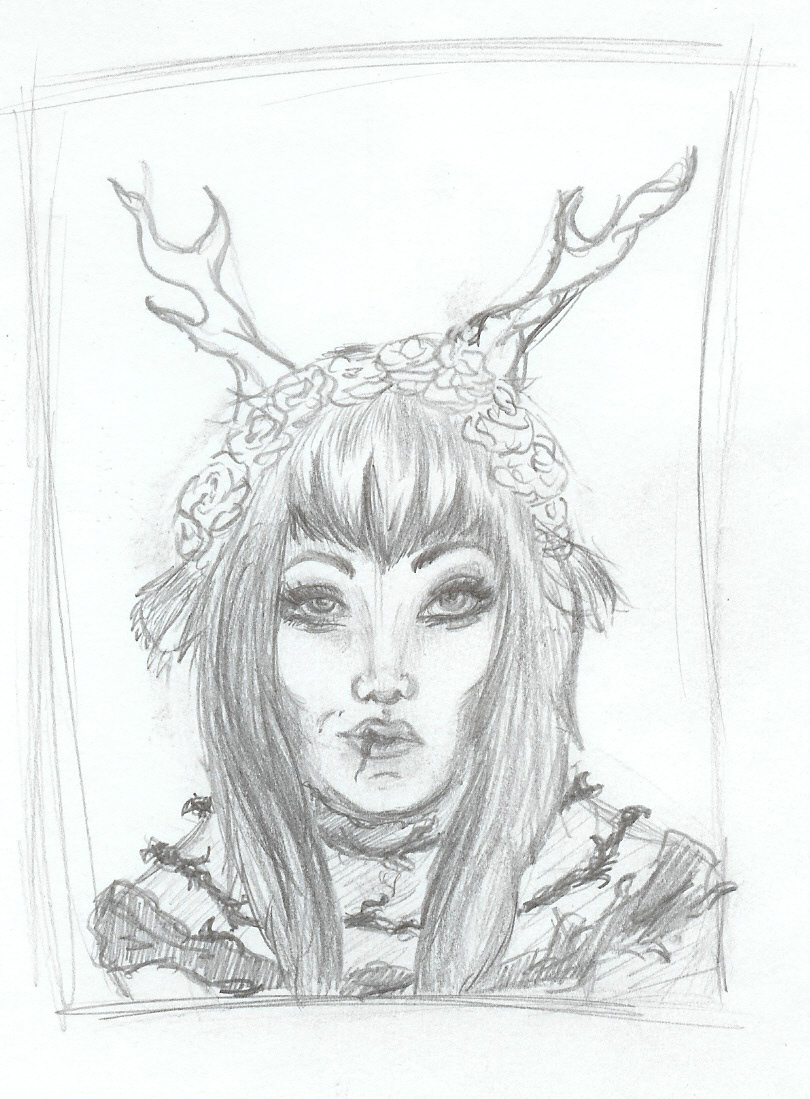Anatomy of Learning to Paint: Extreme Body Art
More and more of today’s youth are turning toward body modification to express themselves. Common trends are earlobe gauging, getting body piercings such as nose rings or tongue rings, or getting tattoos. Recent procedures, called “voluntary mutilations,” include scarification in specific patterns, branding, and subdermal or transdermal implants. People are getting horns implanted under the skin (subdermal) and horns that extend out of the skin (transdermal).
Ear pointing is the art of cutting the tip of one’s ear and stitching it so it heals like that of an elf ear. More severe body modifications within the implant realm are those that create ridges under the skin as to seem more reptilian or predatory. Michael Snyder of The Sleuth Journal reported on a couple of “mini celebrities” that are a part of the body modification community. One of them was the “Cat Man,” who sadly passed away recently. He had transformed himself into a hybrid of a cat and a human. Another well known body artist is the “Vampire Lady.” 98 percent of her body is covered in tattoos and piercings of various types and designs. Along with this, she has subdermal horn sets and her teeth have been sharpened to look like she has fangs.
Body modification, or “voluntary mutilation,” is not a new phenomenon. Centuries old customs from cultures around the world have their own body art. Anthropologists have studied tribes in Africa with long histories of scarification in ritualistic patterns and the gauging of the ears, nostrils, and of the bottom lip. Worldwide attention has been brought to the Kayan community in Myanmar, where women grow up with metal rings on their necks, pushing down their shoulders so their necks look like those of giraffes. Rings are added each birthday, and the more rings a woman has, the more beautiful she is according to custom. In 2008, Andrew Harding of BBC did a story on the Kayan women being used as what he called a “human zoo” by the Thai government in order to attract tourists curious to see the Burmese refugee community of the Kayan. Harding reports on how younger generations of Kayan women are trying to resist the tourism, and some have given up the custom. Harding quotes one Kayan refugee woman as saying, "Because of my rings I have suffered many problems," she said. "I wear them not for tourists. I wear them for tradition... Now I feel like a prisoner."
Anthropologists have studied other tribes where women go through the process of teeth filing to fit to the standard of beauty needed to attract a suitor. Westerners are also aware of the practice of foot-binding long practiced in China, also, it has been assumed, to make the women more attractive for possible future husbands.
My Interest with the topic of body modification is as inspiration for learning the anatomy of sketching and painting the body. Extreme body modification is not just a mindless abuse of the human form, but says a great deal about our assumptions about body image, the boundaries between what is acceptable artistically and is not, and it closes the distance between so-called modern Western culture and the customs of so-called “primitive” tribes. I hope to illustrate this in my paintings and I hope to shine a light on a community that likes to push the envelope in the name of self expression.
A line cuts into the supposedly pure white texture of the paper, a brush bleeds color into a stretched canvas, a frame staples into that canvas to keep it static and permanently stretched for display: these are all metaphors for the process of art I am learning in my Honors directed study with Professor Vicki Shepherd this semester. Accompanying this article are two of my sketches where I hope to show visually what I have expressed here.


